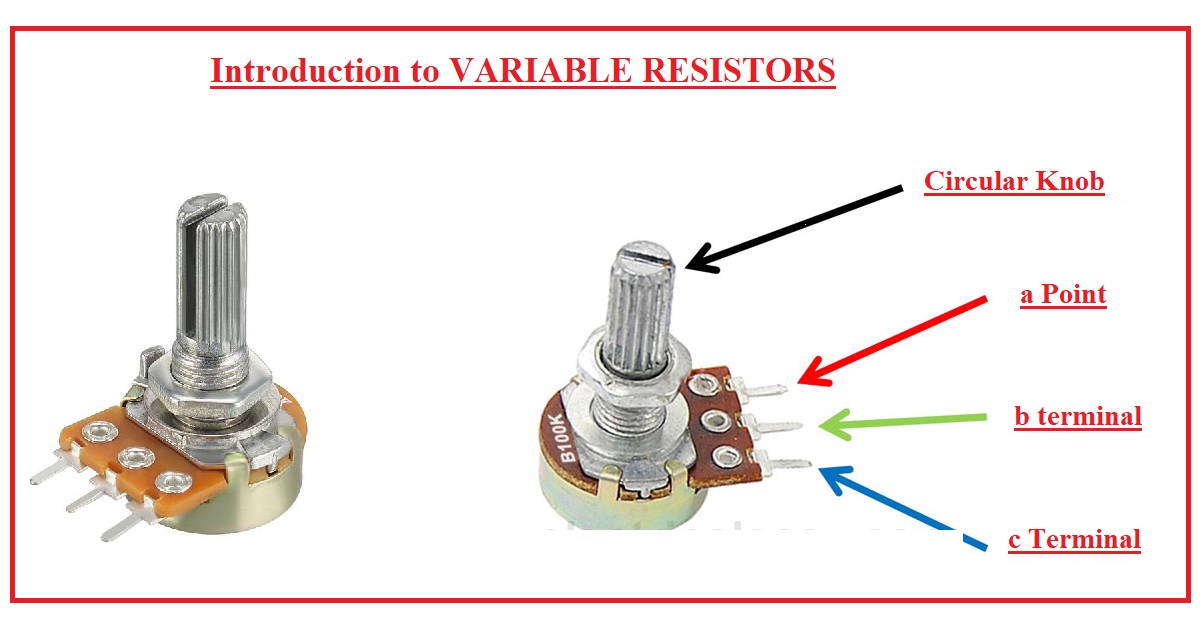The potentiometer is a critical component in the world of electronics, known for its simplicity and versatility. Though it may seem like a minor part, its influence spans industries such as consumer electronics, automotive engineering, industrial automation, and more. This article explores the potentiometer in depth—its historical development, its significance in various fields, common misconceptions, notable figures and applications, and what the future may hold for this essential device.
The History of the Potentiometer
Early Origins and Development
The potentiometer has its roots in the early 19th century, when scientists and engineers began seeking accurate methods to measure electrical potential. Johann Christian Poggendorff, a German physicist, is widely credited with designing one of the earliest versions of the potentiometer in the 1840s. Initially, the device was used primarily in laboratory settings to precisely measure voltage.
Poggendorff’s early potentiometric circuits served as a foundation for later designs. These instruments allowed researchers to compare unknown voltages against a known reference without drawing current from the source—an innovation that greatly improved measurement accuracy.
Industrial Advancements in the 20th Century
During the early and mid-20th century, the potentiometer underwent significant changes, transforming from a purely scientific instrument to a commercial electronic component. With the rise of radio, television, and audio equipment, the potentiometer became a key player in controlling volume, tuning frequencies, and adjusting other settings.
By the 1960s and 70s, the potentiometer was embedded in nearly every consumer device requiring analog control. Its adaptability led to widespread adoption across industries, influencing the design of everything from control panels to musical instruments.
The Significance and Applications of the Potentiometer
The potentiometer functions as a three-terminal resistor with a sliding contact that forms an adjustable voltage divider. Its primary function is to vary resistance and control the flow of current in a circuit. This adjustability makes it ideal for user interfaces, sensor applications, and fine-tuning of electronic equipment.
In modern electronics, potentiometers are used in:
- Audio and visual devices for adjusting volume, brightness, or contrast.
- Automotive systems to control lighting, seat positions, and throttle sensors.
- Industrial automation for position sensing and speed control.
- Robotics for movement calibration and feedback systems.
The adaptability and affordability of the potentiometer make it an irreplaceable tool in both analog and digital environments.
Common Misconceptions About the Potentiometer
Despite its widespread use, several myths and misunderstandings surround the potentiometer:
“Potentiometers are obsolete”
With the rise of digital electronics and touch-sensitive interfaces, some believe the potentiometer is becoming irrelevant. However, this is far from true. While digital alternatives exist, Potentiometer are still favored in many applications for their simplicity, reliability, and tactile feedback—particularly in environments where precise manual control is essential.
“All potentiometers are the same”
Many assume that a potentiometer is a one-size-fits-all component. In reality, they come in many variations, including rotary, linear, digital, and multi-turn types. Each type serves a different function depending on the specific requirements of the device or system in which it is used.
“They only control volume”
This is another widespread belief, largely because of the potentiometer’s prominence in audio equipment. While volume control is a major application, potentiometers also serve in motion detection, position sensing, voltage adjustments, and feedback loops in control systems.
Notable Uses and Influential Figures
The potentiometer has played a role in some of the most influential technological advancements. For instance, early space exploration technology relied on potentiometers for monitoring and adjusting control systems in spacecraft.
In consumer tech, companies like Sony, Pioneer, and Yamaha used potentiometers extensively in audio equipment to allow users to fine-tune their listening experience. Musical legends such as Jimi Hendrix and Pink Floyd also benefited from guitar amplifiers and pedals utilizing potentiometer-based controls to shape their iconic sounds.
In the automotive world, the introduction of electronic throttle control (ETC) in the 1990s was a pivotal moment. Here, the potentiometer replaced traditional mechanical linkages, enabling smoother and more responsive acceleration.
The Potentiometer’s Impact on Society and Industry
The potentiometer has a unique position at the intersection of engineering and human interaction. It serves as one of the most direct ways for people to interact with machines, offering precision and control in everything from household appliances to complex industrial systems.
In industries like manufacturing and automation, potentiometers help fine-tune machine settings, regulate processes, and provide feedback to control systems. This direct control mechanism helps improve accuracy, efficiency, and product quality.
In education and prototyping, the potentiometer is often among the first components that electronics students learn to use. Its presence in Arduino kits and maker projects has made it a staple in the DIY and STEM communities, fostering innovation and hands-on learning.
Future Trends and Developments in Potentiometer Technology
As technology evolves, so too does the potentiometer. The trend toward digital potentiometers—also known as digipots—is growing. These components allow resistance adjustment via digital signals, making them ideal for microcontroller-based systems.
Smart devices and the Internet of Things (IoT) are also pushing potentiometer development forward. In these contexts, potentiometers are being embedded with wireless communication and self-calibration features, enabling real-time data collection and remote configuration.
In automotive design, new-generation potentiometers are being developed to function in harsh environments, with increased resistance to temperature, vibration, and wear. As electric vehicles become more prevalent, the demand for precise control systems—including advanced potentiometers—continues to rise.
Meanwhile, the integration of AI and machine learning into control systems may require potentiometers to work seamlessly alongside digital sensors, bridging the gap between analog input and intelligent automation.
Conclusion
The potentiometer may be a simple device, but its impact on technology and society is profound. From its 19th-century origins to its role in 21st-century automation, the potentiometer has proven its enduring value across countless applications. Despite myths of obsolescence, it remains a vital component in modern design, valued for its precision, affordability, and versatility.
Looking ahead, the potentiometer is poised to evolve further, embracing digital technologies and smart integration. As industries continue to innovate, the legacy of the potentiometer will undoubtedly persist—quietly powering progress behind the scenes, one adjustment at a time.
You may also read:
JD Vance Net Worth: A Deep Dive into Wealth, Influence, and Impact




